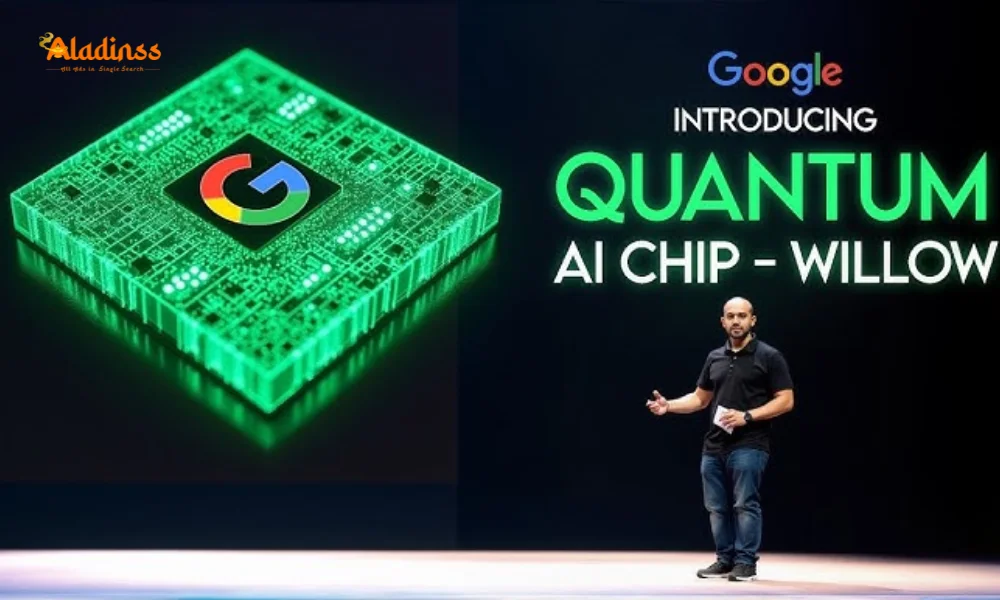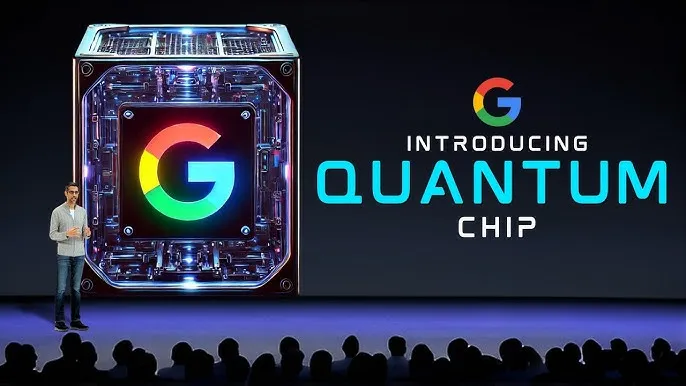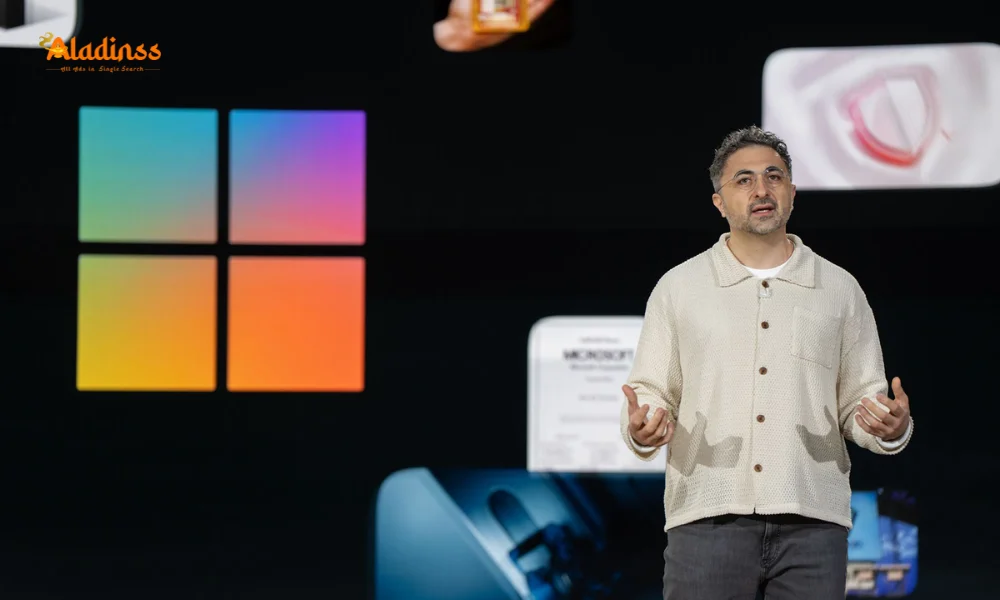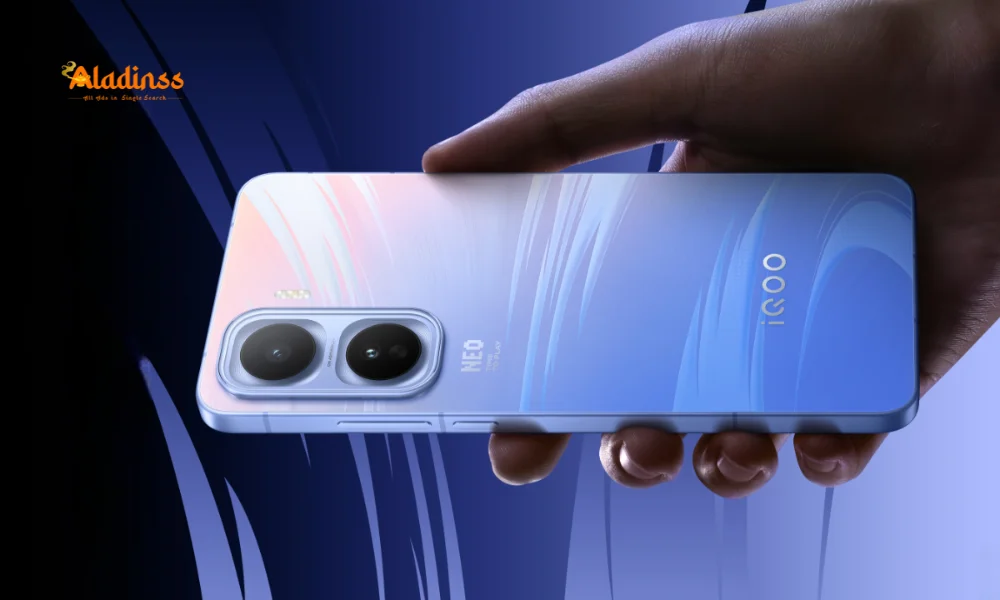Google’s Willow Chip Achieves Quantum Breakthrough 13,000X Faster Than Ever

Google’s Willow Chip Breakthrough: Quantum Leap 13,000X Faster!
Google has achieved a groundbreaking milestone in quantum computing with its Willow quantum chip, powering a supercomputer that solved a complex algorithm 13,000 times faster than classical supercomputers. Announced on October 24, 2025, this feat marks the first verifiable evidence of quantum computing’s superiority for specific tasks, as detailed in a Nature journal study. The Willow chip’s precision and speed open new possibilities for solving real-world problems, from molecular analysis to industrial applications, positioning Google at the forefront of the quantum revolution.
The breakthrough involved the Quantum Echoes algorithm, a sophisticated method that reveals intricate quantum system behaviors, previously unattainable by traditional computers. With its 105-qubit processor and error rates as low as 0.03%, the Willow chip demonstrates unprecedented accuracy and efficiency. This advancement not only showcases quantum computing’s potential but also sets the stage for practical applications, transforming industries and scientific research in the coming years.

Willow Chip: Powering Quantum Supremacy
Google’s Willow quantum chip, a 105-qubit processor, is the heart of this milestone. Designed to handle thousands of precise quantum operations, known as quantum gates, the chip achieves error rates as low as 0.03% for basic operations, a feat unmatched in the quantum computing landscape. These operations are completed in billionths of a second, enabling the chip to process complex tasks at unparalleled speeds.
The chip’s ability to perform millions of quantum measurements in seconds allowed Google to execute approximately one trillion measurements during the project. This scale is comparable to a significant portion of all quantum experiments conducted globally, highlighting Willow’s capacity to push the boundaries of computational power. Its precision in managing quantum interference and entanglement—phenomena unique to quantum systems—sets it apart from classical computing technologies.
Quantum Echoes Algorithm: A Game-Changer
The Quantum Echoes algorithm, central to Google’s breakthrough, is designed to probe the internal dynamics of quantum systems, such as molecules. By “reversing” the flow of quantum data, it uncovers hidden interactions, akin to rewinding a film to analyze a scene from a new perspective. This capability is critical for applications in chemistry, materials science, and drug discovery, where understanding molecular behavior is essential.
Running this algorithm required the Willow chip to execute thousands of quantum gates with minimal errors, a task that classical computers cannot replicate due to their inability to handle quantum entanglement. The algorithm’s success demonstrates quantum computing’s potential to tackle problems previously deemed unsolvable, paving the way for practical applications in scientific research.
Why This Milestone Matters
Google’s achievement with the Willow chip provides the first verifiable evidence of quantum computing’s superiority over classical systems for specific tasks. The ability to solve an algorithm 13,000 times faster than a classical supercomputer marks a significant step toward practical quantum computation. This milestone validates years of research and investment, bringing the industry closer to realizing quantum computing’s transformative potential.
Unlike previous quantum advancements, which often focused on theoretical benchmarks, this breakthrough addresses a real-world problem. The Quantum Echoes algorithm’s ability to analyze complex quantum systems could revolutionize fields like pharmaceuticals, where faster molecular simulations could accelerate drug development, or materials science, enabling the design of advanced materials with unique properties.
Technical Feats of the Willow Chip
The Willow chip’s technical prowess lies in its ability to manage large-scale quantum interference and entanglement with exceptional accuracy. Quantum gates, the building blocks of quantum algorithms, require precise control to maintain coherence. Willow’s low error rate of 0.03% ensures that these operations remain reliable, even during complex computations involving millions of measurements.
The chip’s speed is equally remarkable, completing tasks in nanoseconds. This allowed Google to perform a trillion measurements, a scale that underscores the chip’s capacity to handle data-intensive quantum experiments. The combination of speed, precision, and scale makes Willow a cornerstone of Google’s quantum computing strategy, setting a new standard for the industry.
Implications for Scientific Research
The success of the Quantum Echoes algorithm has profound implications for scientific research. By enabling detailed analysis of quantum systems, it could accelerate discoveries in chemistry and physics. For instance, researchers could use it to simulate molecular interactions at an unprecedented level of detail, potentially leading to breakthroughs in drug design or sustainable energy solutions.
The ability to process vast amounts of quantum data also opens doors for studying complex systems in materials science, such as superconductors or advanced polymers. As quantum computing matures, these applications could transition from theoretical to practical, addressing global challenges in healthcare, energy, and technology.
Challenges in Quantum Computing
Despite this milestone, quantum computing faces significant challenges. Maintaining quantum coherence, where quantum states remain stable, is notoriously difficult due to environmental noise. Google’s Willow chip mitigates this through advanced error correction, but scaling this technology to handle more complex problems remains a hurdle.
Additionally, quantum computers are not yet universally superior to classical systems. The Willow chip excels in specific tasks like the Quantum Echoes algorithm but is not designed for general-purpose computing. Overcoming these limitations will require further advancements in hardware and software, a focus of ongoing research at Google and other tech giants.
Google’s Role in the Quantum Race
Google has been a pioneer in quantum computing, competing with companies like IBM, Microsoft, and startups like Rigetti. The Willow chip builds on Google’s previous achievements, such as the 2019 Sycamore processor, which claimed quantum supremacy. The latest breakthrough strengthens Google’s position, demonstrating tangible progress toward practical quantum applications.
Published in Nature, the study provides transparency into Google’s methodologies, fostering collaboration and scrutiny within the scientific community. By sharing these findings, Google aims to accelerate industry-wide progress, encouraging other researchers to build on its work and explore new quantum algorithms.
Future Prospects for Quantum Computing
The Willow chip’s success is a stepping stone toward practical quantum computing. Potential applications include optimizing supply chains, enhancing cryptography, and solving complex optimization problems in industries like finance and logistics. However, achieving these goals will require scaling quantum processors to handle thousands or millions of qubits, a challenge that remains years away.
Google’s roadmap includes further improvements in error correction and qubit scalability. Partnerships with academic institutions and industries could accelerate these efforts, bringing quantum computing closer to commercial viability. By 2030, quantum computers could begin addressing real-world problems at scale, transforming industries and economies.
What This Means for Investors and Businesses
For investors, Google’s quantum breakthrough signals a growing market for quantum technologies. Companies developing quantum hardware, software, and applications could see increased interest and funding. Businesses in sectors like pharmaceuticals, energy, and finance should monitor these developments, as quantum computing could disrupt their operations in the near future.
The Willow chip’s ability to solve complex algorithms faster than classical supercomputers highlights the competitive advantage quantum computing offers. Early adopters who invest in quantum-ready infrastructure could gain a significant edge, positioning themselves as leaders in their respective fields as the technology matures.
Comment / Reply From
No comments yet. Be the first to comment!







